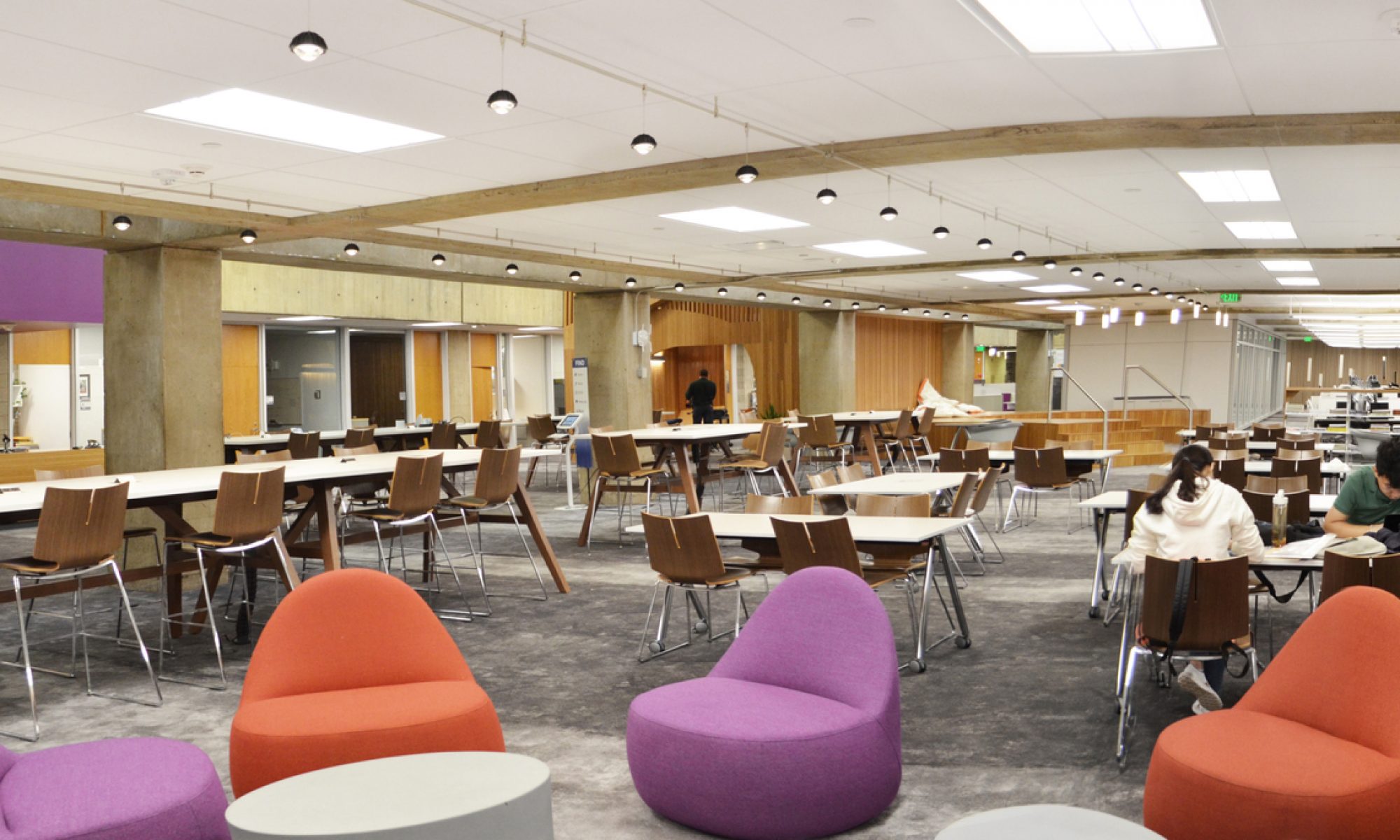As this is the week of Final Presentations, our team did not make much progress in or outside of class. In addition, many of our other courses have final exams, presentation, project deadlines, and more that are piling on in the next few days. Aside from some minor adjustments on the web-app, our team has nothing of significance to report this week.
However, we are comfortably on schedule to present a proper final demonstration. Three chair sensors have been fabricated, two of which have been thoroughly tested. We have successfully ran complete integration tests from the chair to the web-app. The only outstanding tasks are: activate the second data hub (see Jonathan’s post this week for more details), brush up the web-app frontend, and debug the sleep cycle for the chair sensors.
Looking forward to a productive week ahead, and a smooth final demo!
